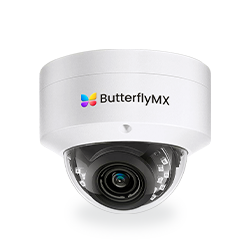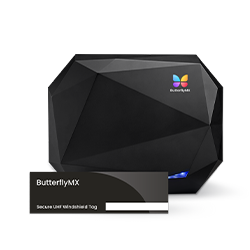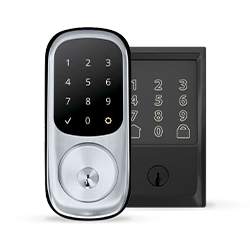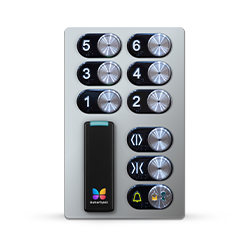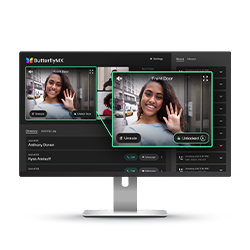Key takeaways
- Building automation improves comfort by adjusting systems based on occupancy.
- Real-time monitoring helps property teams catch issues early and reduce downtime.
- Integrated access control can trigger automated building settings.
- Automation reduces energy waste in unoccupied spaces.
- Energy management can lower costs by controlling peak usage.
- Tracking utilities supports sustainability goals and compliance.
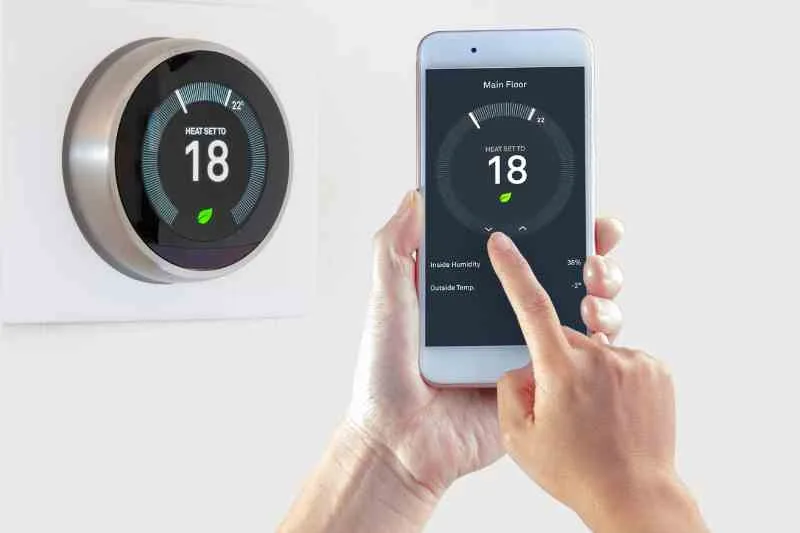
Multifamily property managers are constantly seeking ways to improve operational efficiency, reduce energy costs, and enhance residents’ living experience. One increasingly valuable solution is implementing building automation and energy management systems. These systems use smart technologies to monitor and control building operations, often remotely and in real time. The result is a more efficient and sustainable property that is easier to manage.
In this post, you will learn what these systems are, how they work, their components, and how to leverage them successfully in multifamily housing.
Navigate this post:
- What is a building automation and energy management system?
- Components of building automation and energy management systems
- 6 use cases for building automation and energy management systems
- Benefits of automation and energy management for multifamily properties
- ButterflyMX: A robust building automation system
- Building automation and energy management FAQs
More than 40K, 5-star reviews!

Video Intercoms
Open doors, gates & garages from anywhere.

QR Code Intercom
Smartphone-based visitor access.
Access Control
Fob, key cards, PINs, and mobile apps.
Security Cameras
Visibility throughout your property.
Vehicle Access
Hands-free access for gates & garages.
Package Room
Receive, store, and manage deliveries.
Smart Locks
Connect to all major brands and models.
Elevator Controls
Unlock key-fobbed elevators for anyone.
Front Desk Station
See all your doors and cameras in one place.
What is a building automation and energy management system?
A building automation and energy management system is a centralized platform that monitors, controls, and automates building functions, including HVAC, lighting, access control, and energy use. These systems use connected devices, sensors, and software to gather data and make automated decisions based on predefined rules or real-time conditions.
The primary goal of building automation and energy management systems is to optimize operations. This includes lowering energy consumption, reducing manual work for property teams, creating a safer environment, and increasing the lifespan of building equipment. In multifamily properties, these systems can improve resident comfort while helping owners comply with increasingly strict energy regulations.
Components of building automation and energy management systems
To understand how building automation and energy management systems work, it helps to break down the main components. These technologies rely on connected hardware, software, and communication tools to monitor building conditions and make automated adjustments that improve efficiency and performance.
A functional building automation and energy management system typically includes:
- Central control interface. A user dashboard or application where property managers can review data, manage system settings, schedule equipment, and receive alerts. This is the central hub where decisions and adjustments are made.
- Sensors and monitoring devices. Installed throughout the building to track temperature, occupancy, energy usage, and equipment performance. Data collected is used to optimize building operations.
- Automation controllers. Controllers process data from connected devices and trigger automated actions, such as adjusting heating based on occupancy or dimming lights when natural light increases.
- Communication protocols. These systems require consistent communication between devices. Protocols such as BACnet and Modbus connect HVAC systems, lighting controls, safety devices, and access platforms.
- Energy management software. This software analyzes energy usage trends and provides actionable insights, such as identifying areas of unusually high consumption or equipment that needs maintenance.
- Integration tools. These allow various building systems. Such as access control, security cameras, and energy tools. To work together under one platform for streamlined operations.
6 use cases for building automation and energy management systems
Building automation and energy management systems offer multifamily property managers practical ways to enhance operations, lower energy use, and improve the resident experience. Below are some of the most common use cases.
Multifamily property managers can leverage automation and energy management in six ways:
- Improving resident comfort
- Streamlining maintenance
- Optimizing access control
- Reducing energy waste
- Regulating peak energy demand
- Monitoring sustainability metrics
1. Improving resident comfort
Automated HVAC systems adjust temperature based on occupancy patterns, which helps maintain comfort in common areas without unnecessary energy consumption.
2. Streamlining maintenance
Real time monitoring of equipment performance allows property teams to detect issues early. This supports preventative maintenance, reduces downtime, and extends the lifespan of building systems.
3. Optimizing access control
When traditional building access control integrates with automation, systems can activate lighting or adjust settings as residents or staff enter. It also enables restricted access to energy-intensive areas such as mechanical or storage rooms.
4. Reducing energy waste
Automation tools identify unoccupied areas and automatically adjust lighting and HVAC settings. This is especially effective in shared spaces such as fitness centers, lounges, and laundry rooms.
5. Regulating peak energy demand
Energy management systems can control consumption during peak periods, helping properties avoid high energy charges and maintain efficient usage.
6. Monitoring sustainability metrics
Property managers can track water, gas, and electricity consumption using automation tools. This supports sustainability efforts and helps meet regulatory requirements.
Benefits of automation and energy management for multifamily properties
Implementing a building automation and energy management system provides several measurable advantages for property managers and owners:
- Lower energy costs. Automated systems reduce unnecessary energy use by controlling systems only when needed, rather than on fixed schedules. This can add up to significant monthly savings for multifamily buildings.
- Better resident experience. Residents benefit from improved comfort, stable temperatures, and reliable building systems. Some platforms also allow residents to interact directly with automated features.
- Operational efficiency. Automation minimizes manual tasks that property managers typically handle, such as adjusting thermostats, turning off lights, or responding to maintenance alerts.
- Reduced equipment downtime. Early detection of energy spikes or performance issues helps identify equipment problems before they become expensive or lead to outages.
- Improved security. When connected with access control and monitoring systems, automation can restrict unauthorized access, alert staff to unusual activity, and support resident safety.
- Regulatory compliance. Energy reporting tools help properties meet sustainability requirements and benchmark performance against local energy regulations.
- Scalability. Systems can be updated or expanded as the property grows or as new technologies become available.
Discover how ButterflyMX works:
ButterflyMX: A robust building automation system
While ButterflyMX is best known for Access Control and property technology solutions, its platform integrates seamlessly with building automation and energy management tools. This enables property managers to create a more interconnected and smarter building environment.
ButterflyMX benefits properties in several ways:
- Smart Access Control. Residents can unlock doors using a smartphone, key fob, or PIN. This reduces reliance on physical keys and allows property teams to manage permissions seamlessly.
- Visitor and delivery management. When someone enters the building, automated workflows can trigger building settings. For example, enabling lighting or unlocking specific areas for maintenance crews.
- Integration-friendly. ButterflyMX integrates with third-party platforms, enabling event access to be shared with energy management systems. This helps automate settings such as temperature control and safety lighting.
- Remote management. Property managers can manage access points from anywhere. Combined with building automation, this supports efficient off-site building management.
- Data insights. The ButterflyMX dashboard provides access logs that can be used to correlate occupancy trends with automated adjustments.
Building automation and energy management FAQs
- Are building automation and energy management systems expensive to install?
- Can these systems be installed in existing properties?
- Do residents need to use smart devices to benefit from automation?
Are building automation and energy management systems expensive to install?
Installation costs vary based on the size and complexity of the building. However, most systems deliver strong returns on investment through energy savings and improved efficiency.
Can these systems be installed in existing properties?
Yes. Many systems are scalable and modular, enabling retrofitting into existing buildings without major disruption.
Do residents need to use smart devices to benefit from automation?
Not necessarily. While residents using smartphones may gain access to more features, most automation happens behind the scenes and does not require resident interaction.

Get your free quote!
Fill in the form below, and we'll email you right back.
Want a free quote?
Fill in the form below, and we'll email you right back.
You’ll be redirected shortly...







